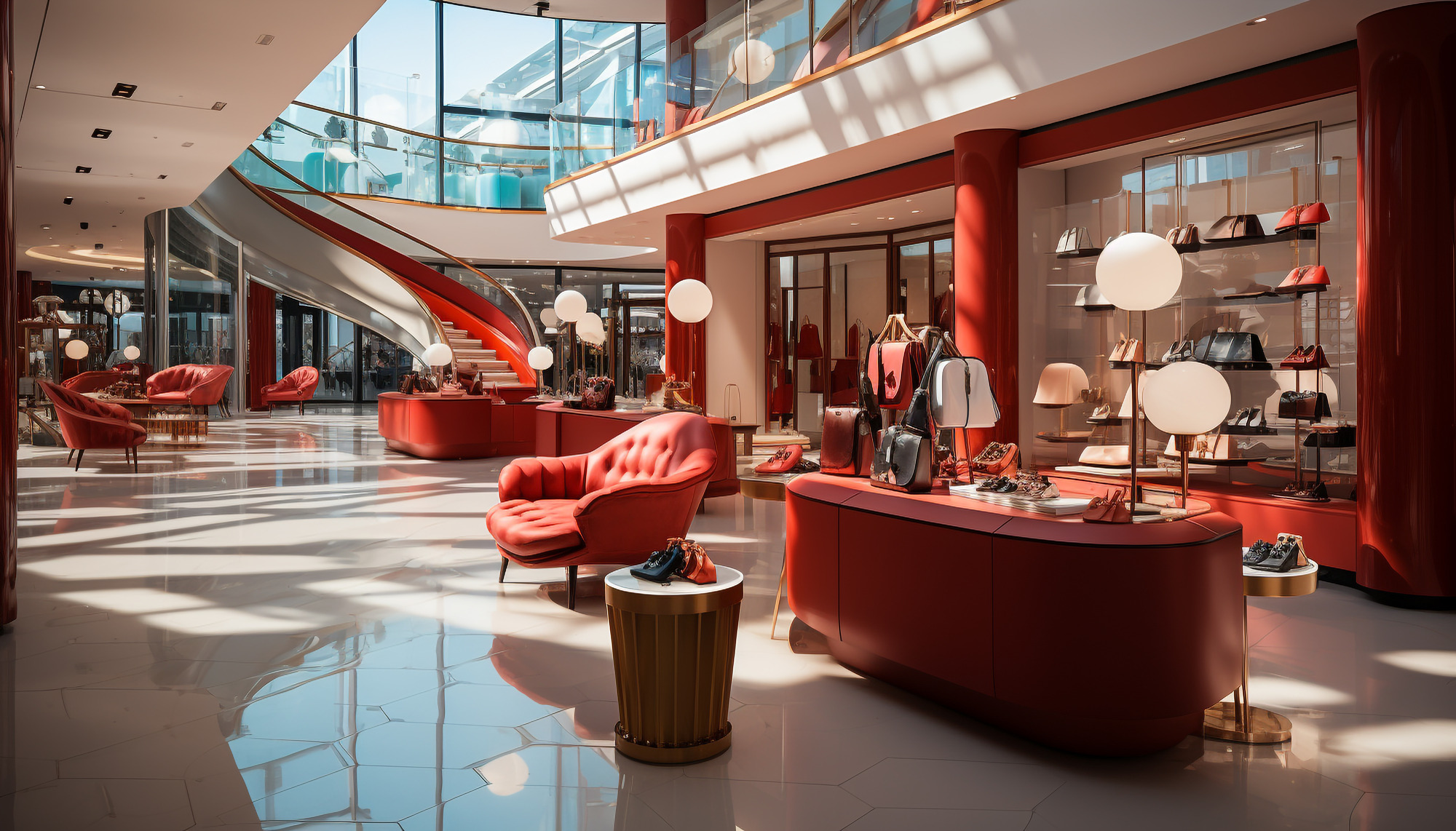
Luxury Reimagined: Tailoring Experiences for the Modern Indian Consumer
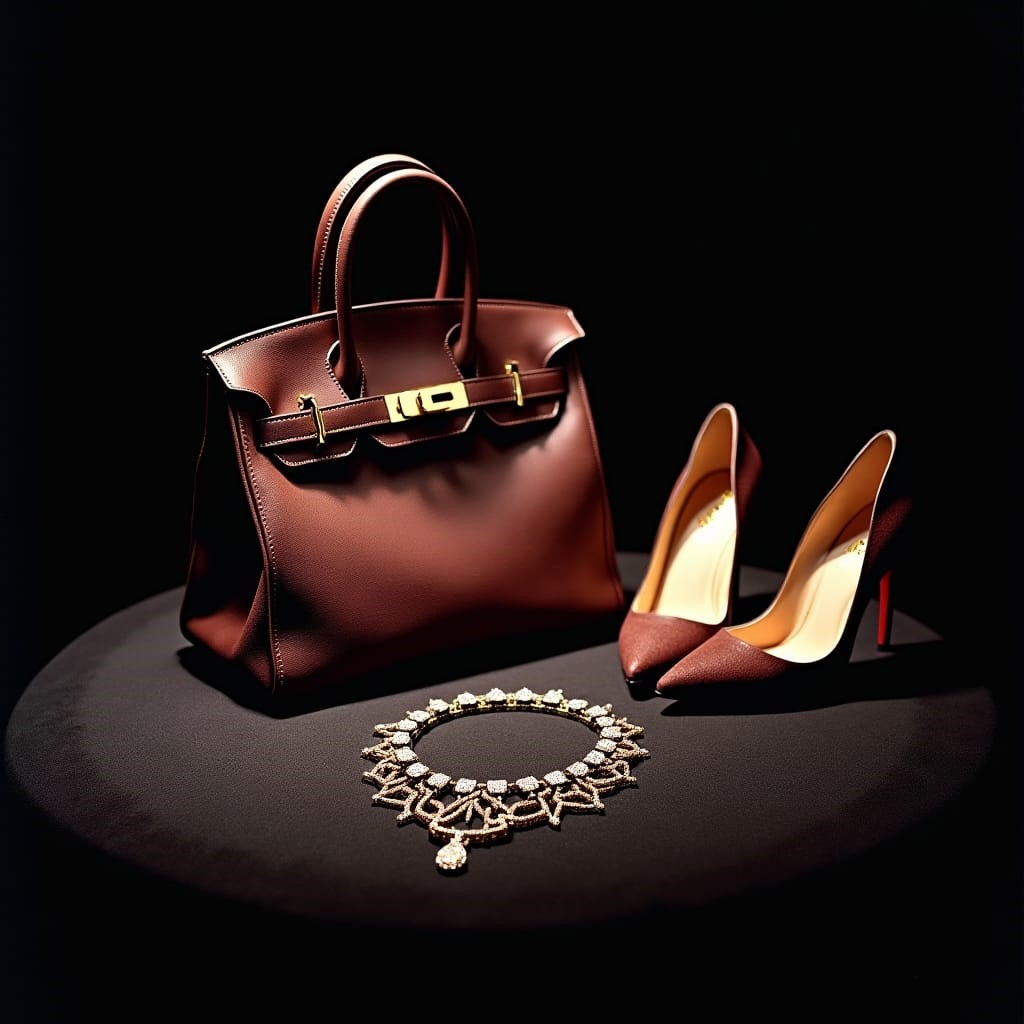
India's Luxury Goods Market: Experiencing Unprecedented Growth
India’s luxury goods market is experiencing a remarkable transformation, driven by a confluence of factors including rising disposable incomes, urbanization, and a shift in consumer preferences towards premium products. The luxury sector in India is not only expanding in value but also in diversity, reflecting a complex tapestry of cultural influences and global trends. According to recent projections, the luxury market is expected to reach a staggering ₹14.95 billion in revenue by 2024, with further growth anticipated to ₹25.16 billion by 2029. This represents a robust compound annual growth rate (CAGR) of 10.97% from 2024 to 2029. This article delves into the key trends shaping the luxury market and provides a detailed analysis of its various sectors.
Increased Demand for Personalization
In an era where consumer preferences are increasingly individualistic, the demand for personalization in luxury goods has surged. High-net-worth individuals (HNWIs) and affluent consumers in India are seeking bespoke products that resonate with their unique identities and lifestyles.
A report indicates that approximately 60% of luxury consumers prefer brands that offer customization options, ranging from monogrammed bags to tailored clothing. This growing inclination towards personalized luxury signifies a shift from mass-produced items to exclusive experiences, allowing consumers to express their individuality through their purchases. Brands are at the forefront of this trend, offering tailored services that cater to the desires of discerning consumers.
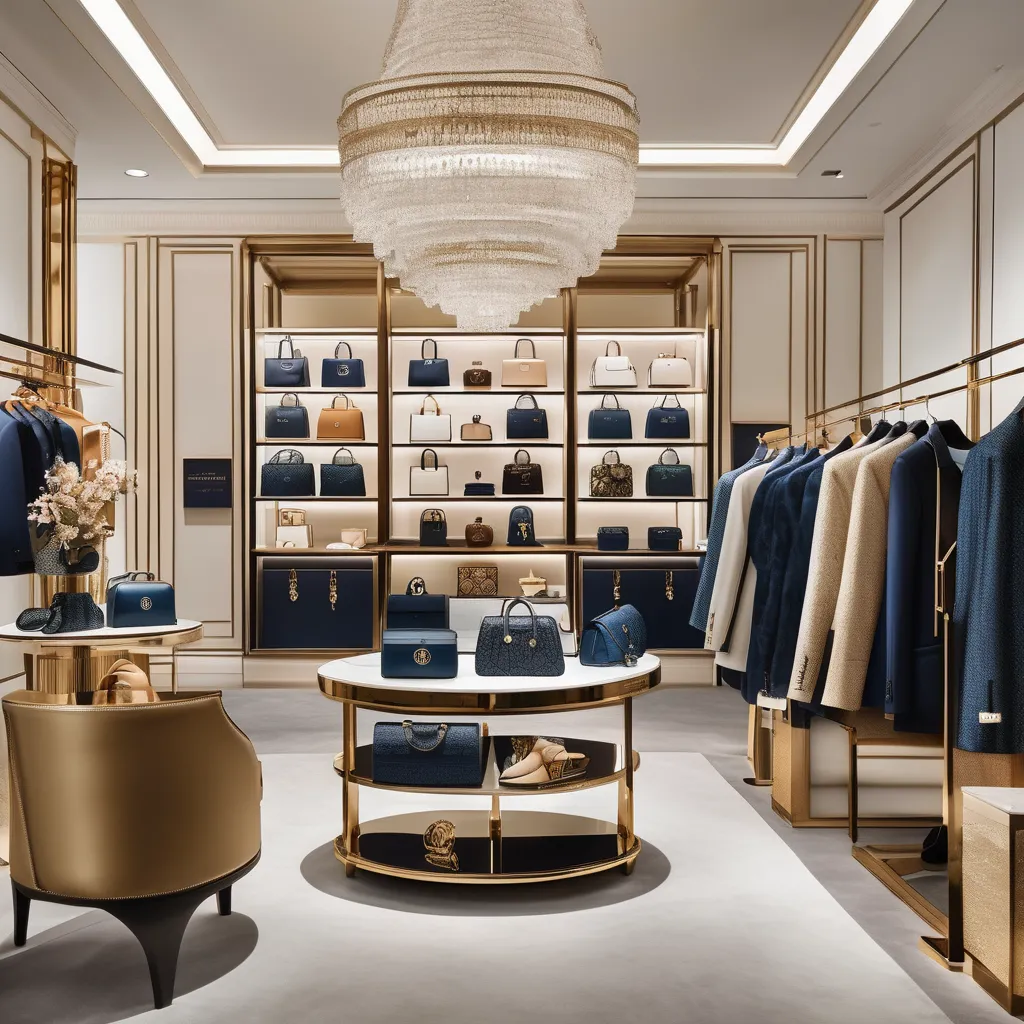
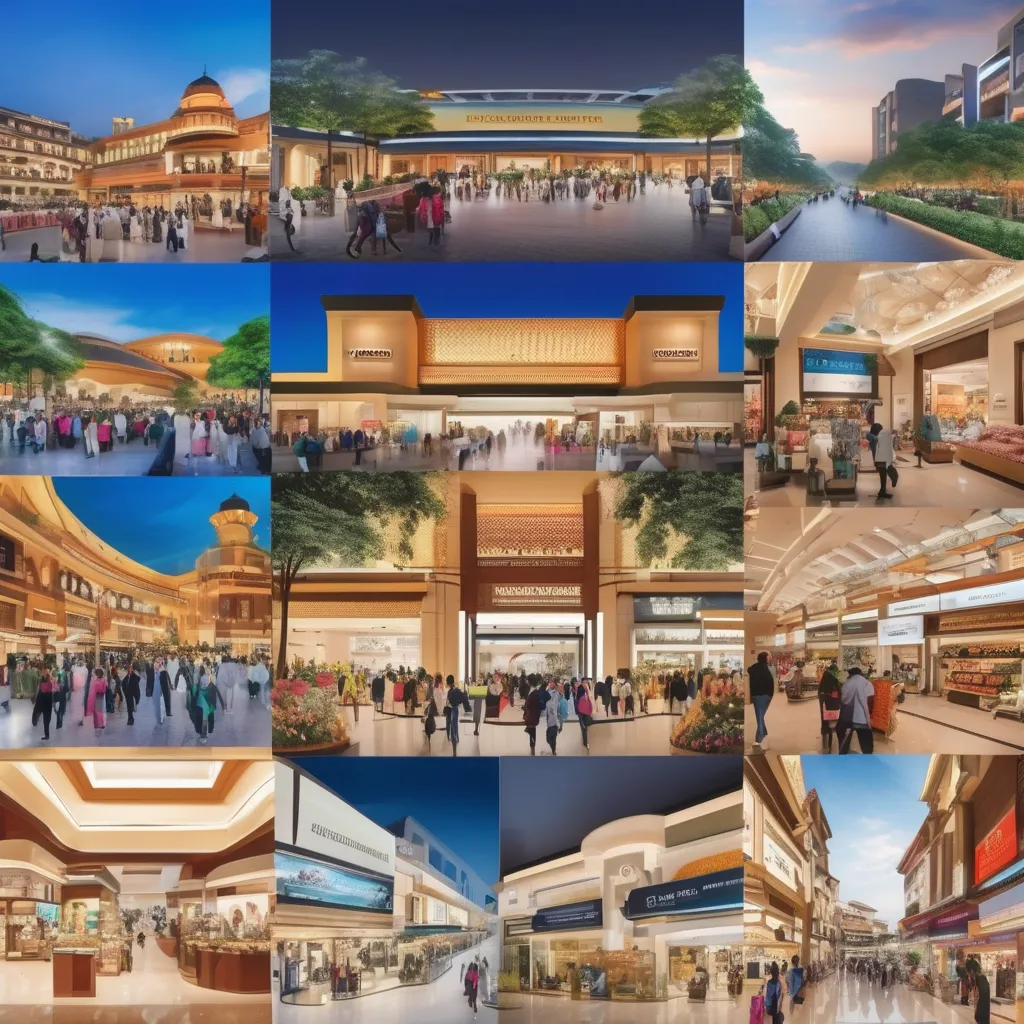
Growth in Tier II and Tier III Cities
The expansion of luxury markets is not confined to India’s major metropolitan hubs. In fact, a significant portion of growth is being driven by consumers in Tier II and Tier III cities. Approximately 40% of luxury sales now originate from these emerging markets.
Factors such as improved digital access, the proliferation of e-commerce platforms, and rising affluence among the middle class have catalysed this shift. Consumers in smaller cities are eager to invest in luxury products, driven by aspirations of social status and a desire for quality. Brands that strategically penetrate these markets with tailored offerings and effective marketing strategies stand to gain significantly in the coming years.
The Rise of Experiential Luxury
As consumer attitudes evolve, there is a growing preference for experiences over material possessions among luxury buyers. A survey revealed that 55% of high-net-worth individuals are inclined to spend more on unique experiences, such as luxury travel, exclusive events, and immersive brand experiences.
This trend has led to the emergence of experiential luxury brands that focus on creating memorable moments rather than merely selling products. For instance, luxury hotel chains are investing in personalized services that cater to individual guest preferences, while luxury travel companies offer bespoke itineraries that provide once-in-a-lifetime experiences. This shift towards experiential luxury highlights a desire for deeper emotional connections and memorable interactions over traditional luxury goods.
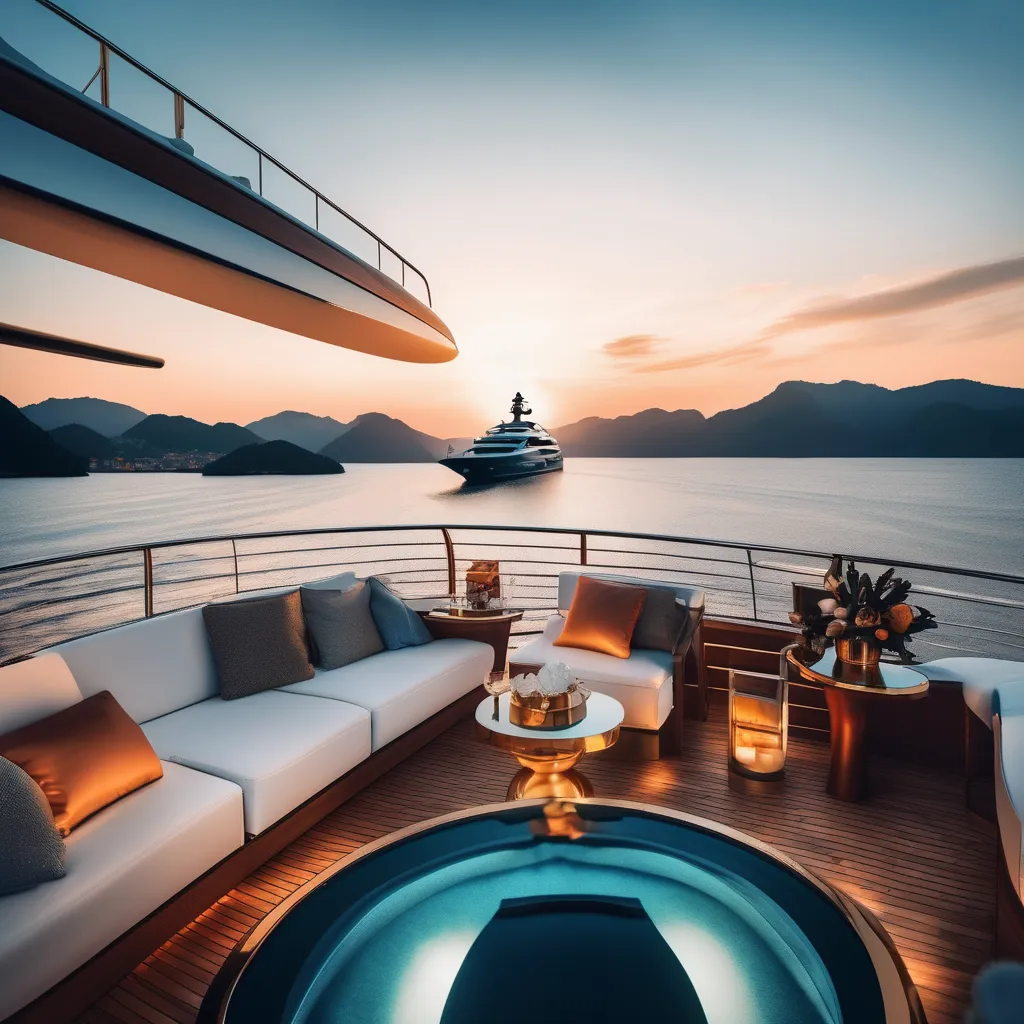
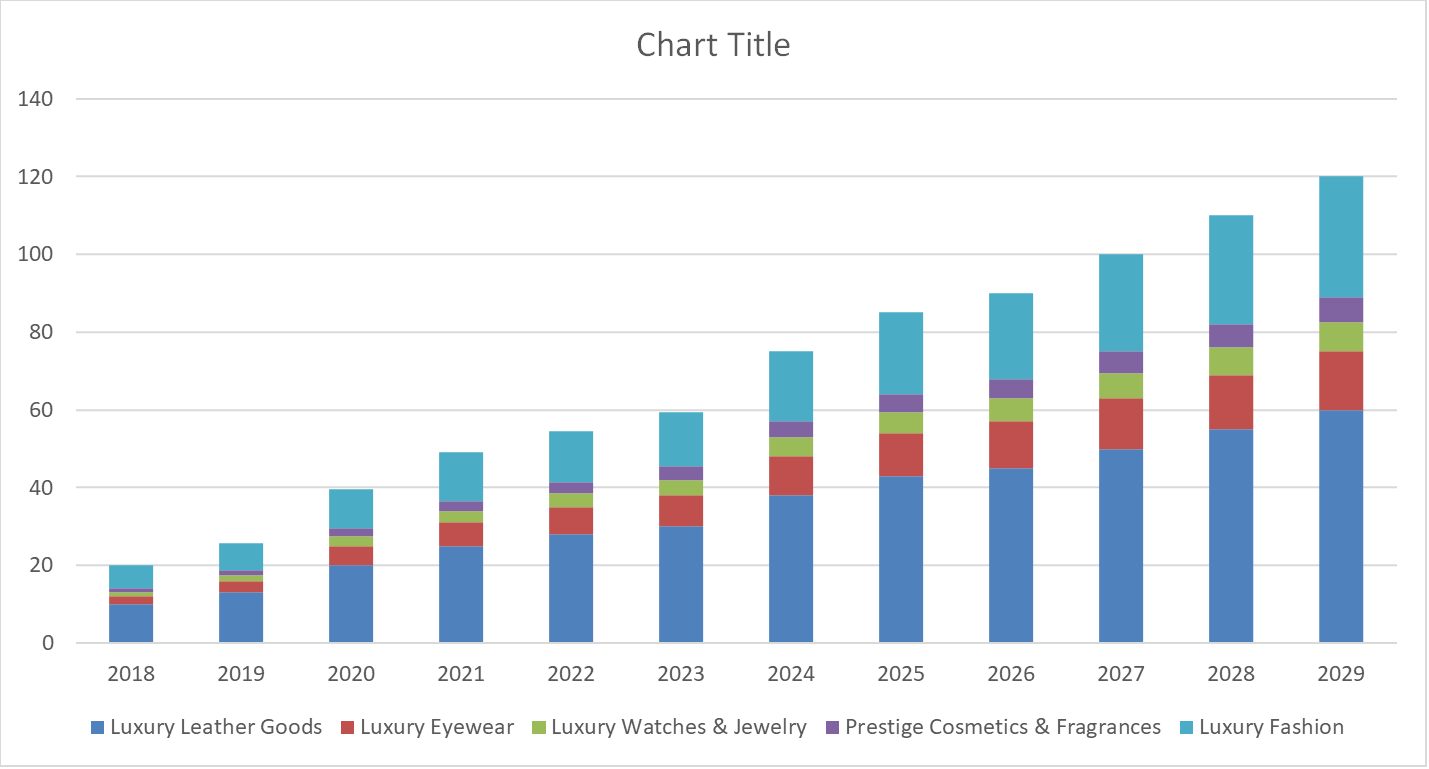
Luxury Market by Industry
The Indian luxury goods market is multifaceted, with several key sectors contributing to its robust growth. The following data presents an overview of market performance from 2018 to 2029, highlighting the trajectory of different segments:
Fashion and Accessories
The fashion and accessories segment remains one of the most significant contributors to India’s luxury market. This sector has experienced a steady increase in revenue, growing from ₹6 billion in 2018 to an estimated ₹31 billion by 2029. Luxury fashion brands, including international players such as Gucci, Prada, and local designers, are catering to the increasing demand for high-end apparel and accessories.
The surge in e-commerce has further accelerated this growth, making luxury fashion more accessible to consumers across various regions. Brands are focusing on creating exclusive collections and leveraging social media to connect with younger audiences who are more inclined to invest in premium fashion products.
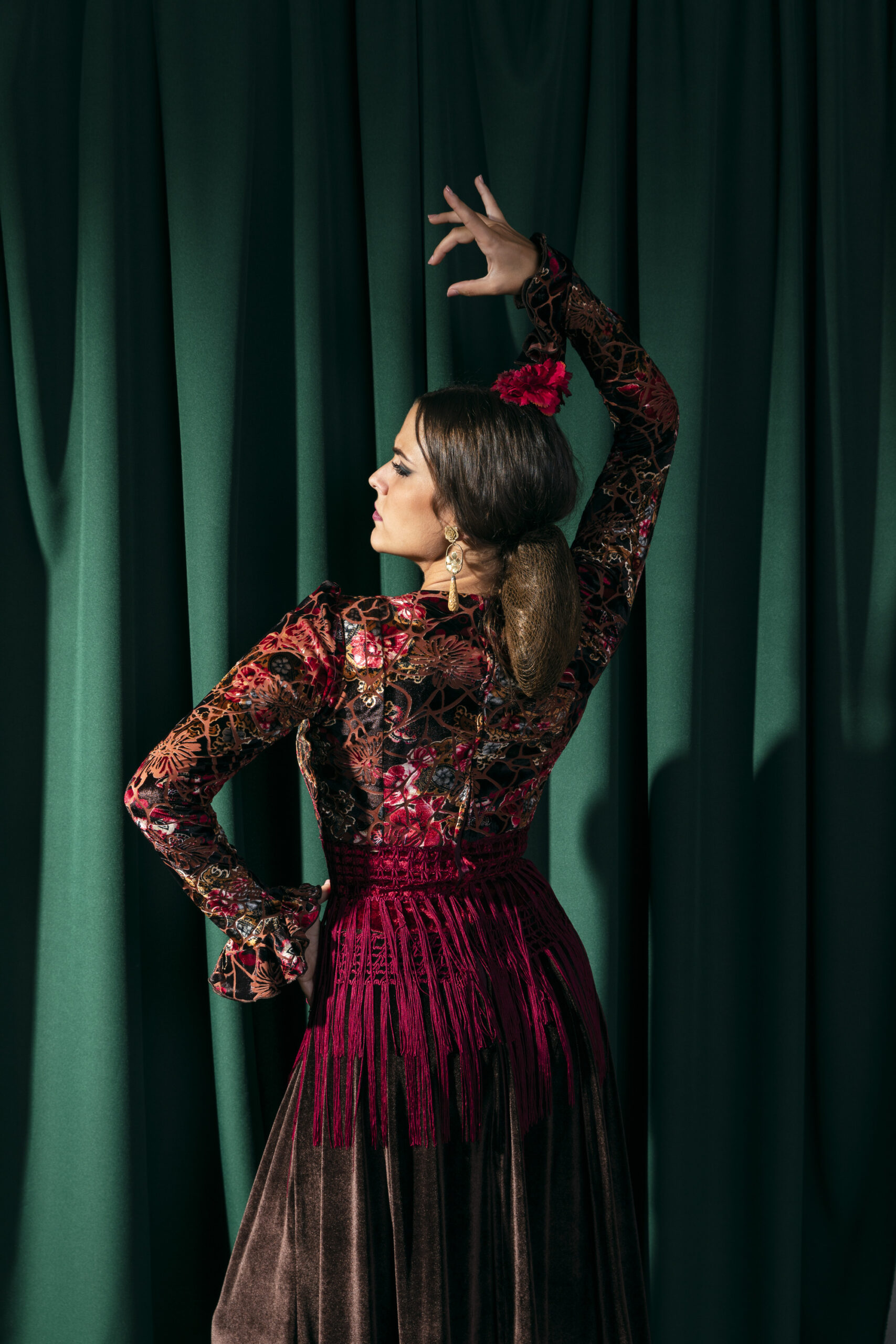
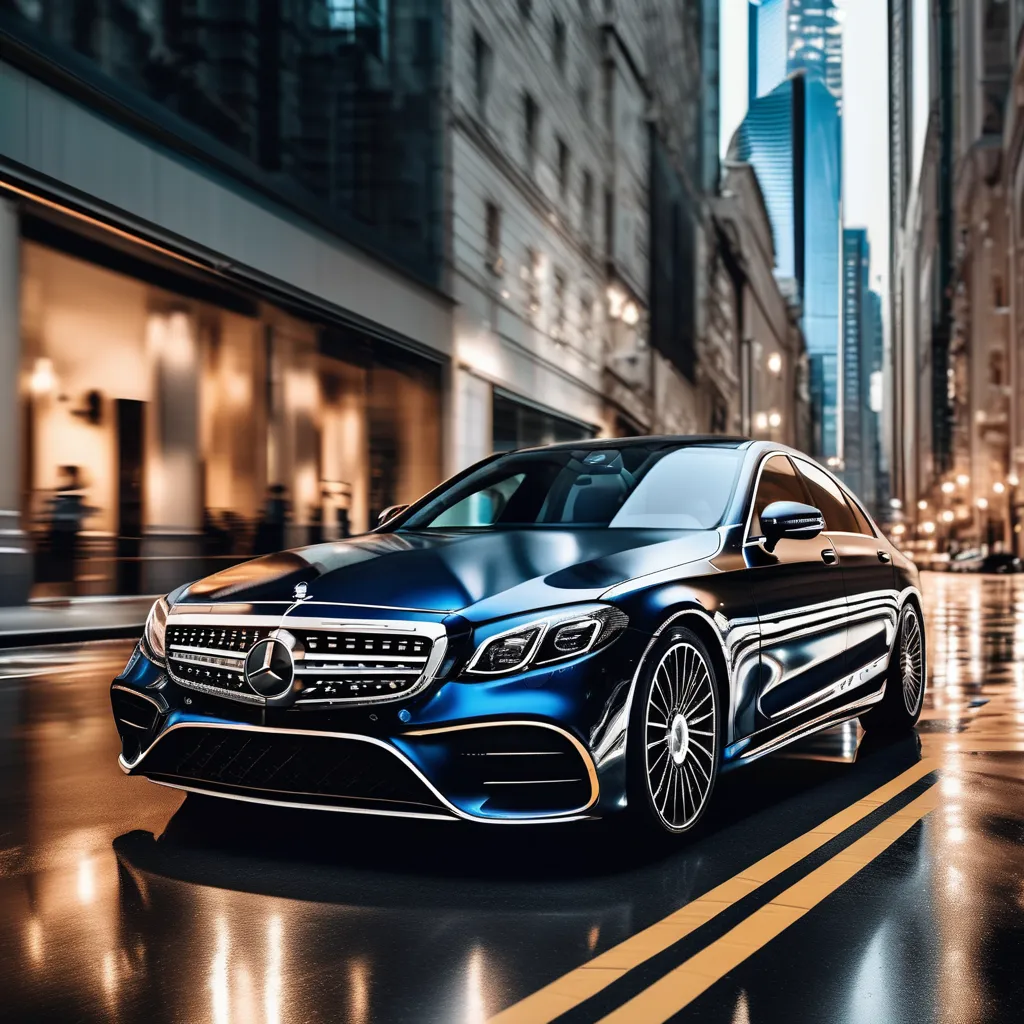
Luxury Automobiles
The luxury automobile market in India has shown impressive growth, with sales experiencing a 35% increase in 2023. This growth can be attributed to a combination of factors, including a burgeoning middle class with increasing disposable incomes, improved financing options, and the allure of luxury brands such as Mercedes-Benz, BMW, and Audi.
Additionally, the demand for electric vehicles (EVs) is reshaping this sector, with many luxury brands reporting a significant uptick in EV sales. For example, Mercedes-Benz noted a remarkable 41% increase in EV sales, indicating a shift in consumer preferences towards sustainable luxury options. As more consumers seek the prestige associated with owning luxury cars, this sector is poised for continued growth.
Luxury Real Estate
The luxury real estate market in India is thriving, with 71% of ultra-high-net-worth individuals (UHNIs) planning to invest in luxury properties in 2024. This growth is driven by a desire for premium living spaces in prime locations, with an increasing focus on investment opportunities.
The luxury real estate market is also witnessing a shift towards sustainable and eco-friendly developments, as consumers become more environmentally conscious. This segment’s growth is indicative of the affluent class’s aspirations for not just a home, but a lifestyle that reflects their status and values. With demand for luxury properties rising in metropolitan cities and emerging regions, developers are focusing on creating unique, high-quality living environments that cater to discerning buyers.
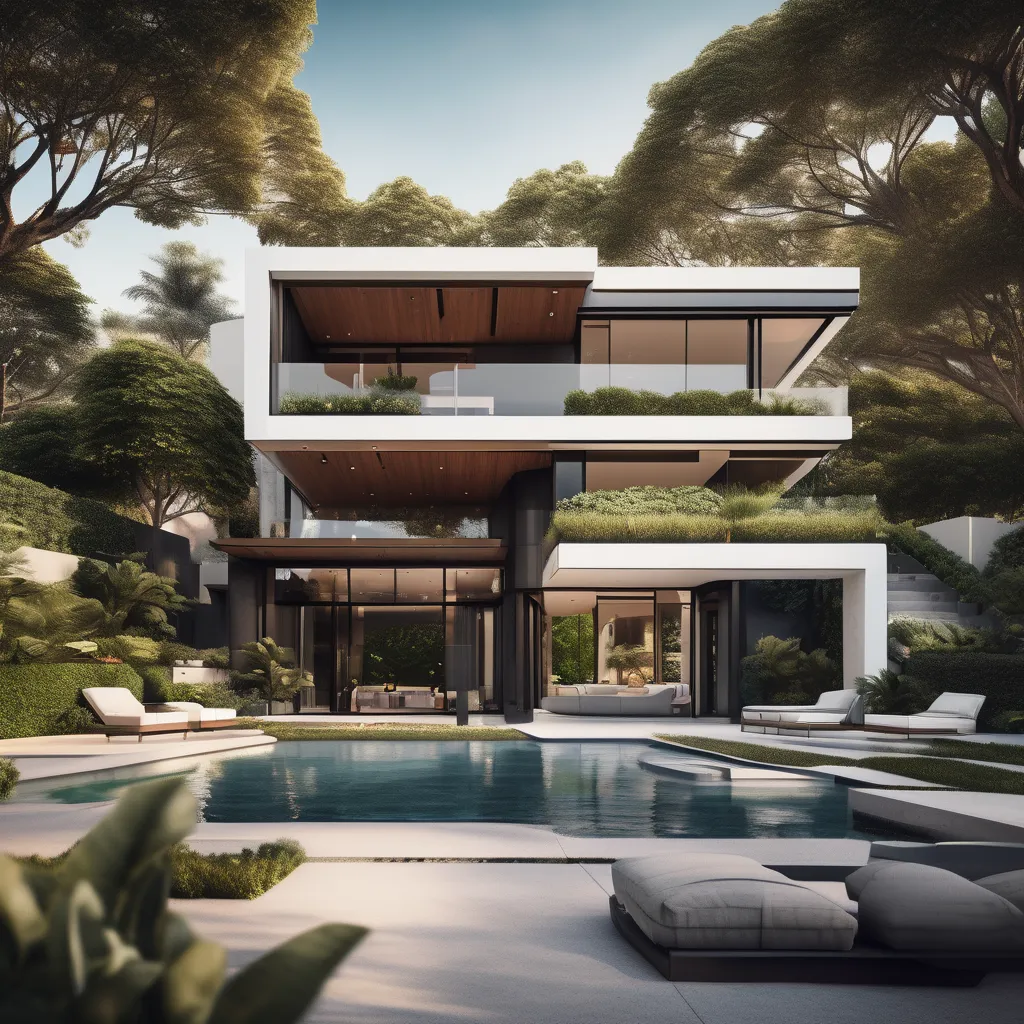
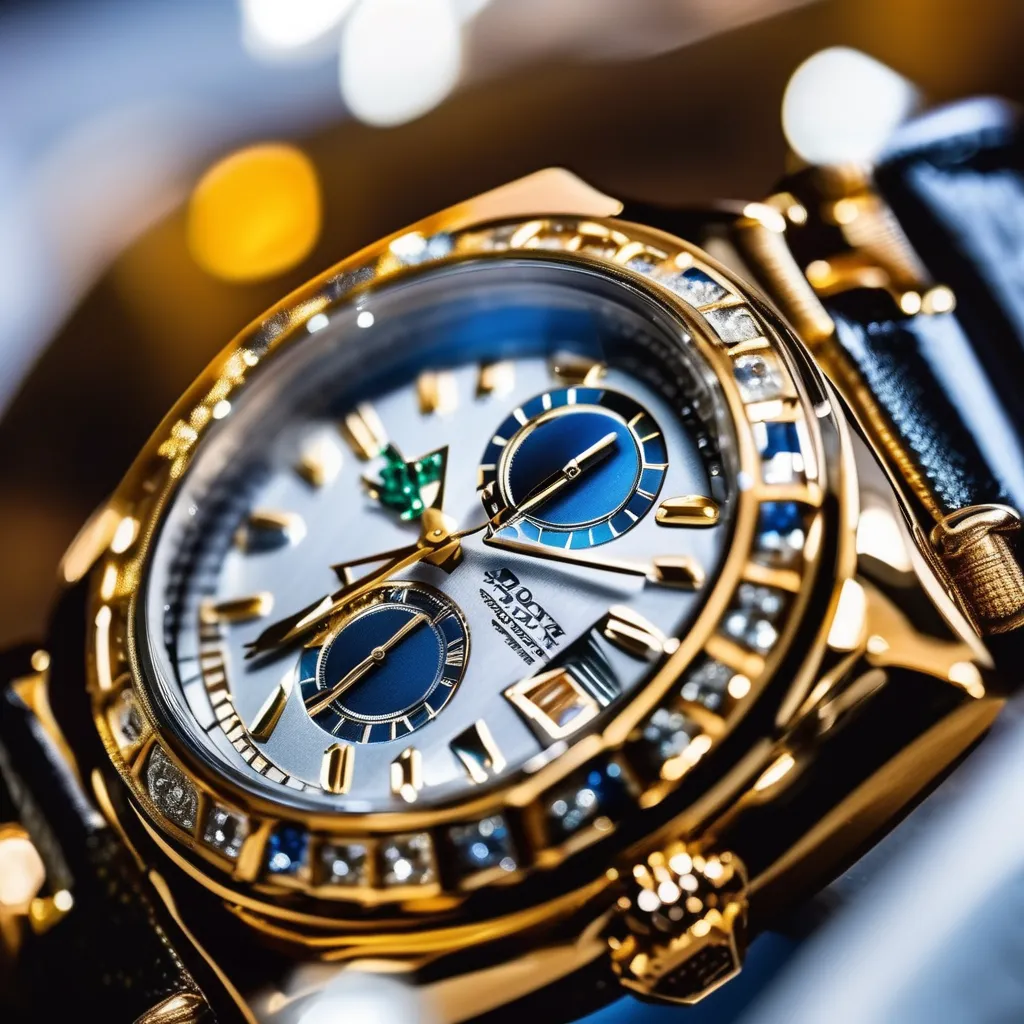
Luxury Watches and Jewellery
The luxury watches and jewellery segment is an essential pillar of the luxury market, with steady growth projected from ₹1 billion in 2018 to ₹7.5 billion by 2029. Prestigious brands like Rolex, Cartier, and Tiffany & Co. continue to attract a loyal clientele in India, driven by the symbolism of success and status associated with these timepieces and adornments.
The market is becoming increasingly competitive, with new entrants and homegrown brands seeking to capture a share of this lucrative segment. Additionally, consumers are increasingly investing in heritage and craftsmanship, favouring products that embody quality and exclusivity.
Prestige Cosmetics and Fragrances
The prestige cosmetics and fragrances market are expected to see growth from ₹1 billion in 2018 to ₹6.5 billion by 2029. Global beauty brands such as Chanel, Dior, and Estee Lauder are gaining traction in the Indian market, fuelled by a younger demographic that prioritizes quality and aspirational products.
This sector has witnessed a shift towards clean beauty and sustainable practices, as consumers become more aware of the ingredients in their cosmetics and the environmental impact of their purchases. Brands that emphasize ethical sourcing and sustainable practices are likely to resonate well with today’s socially conscious consumers.
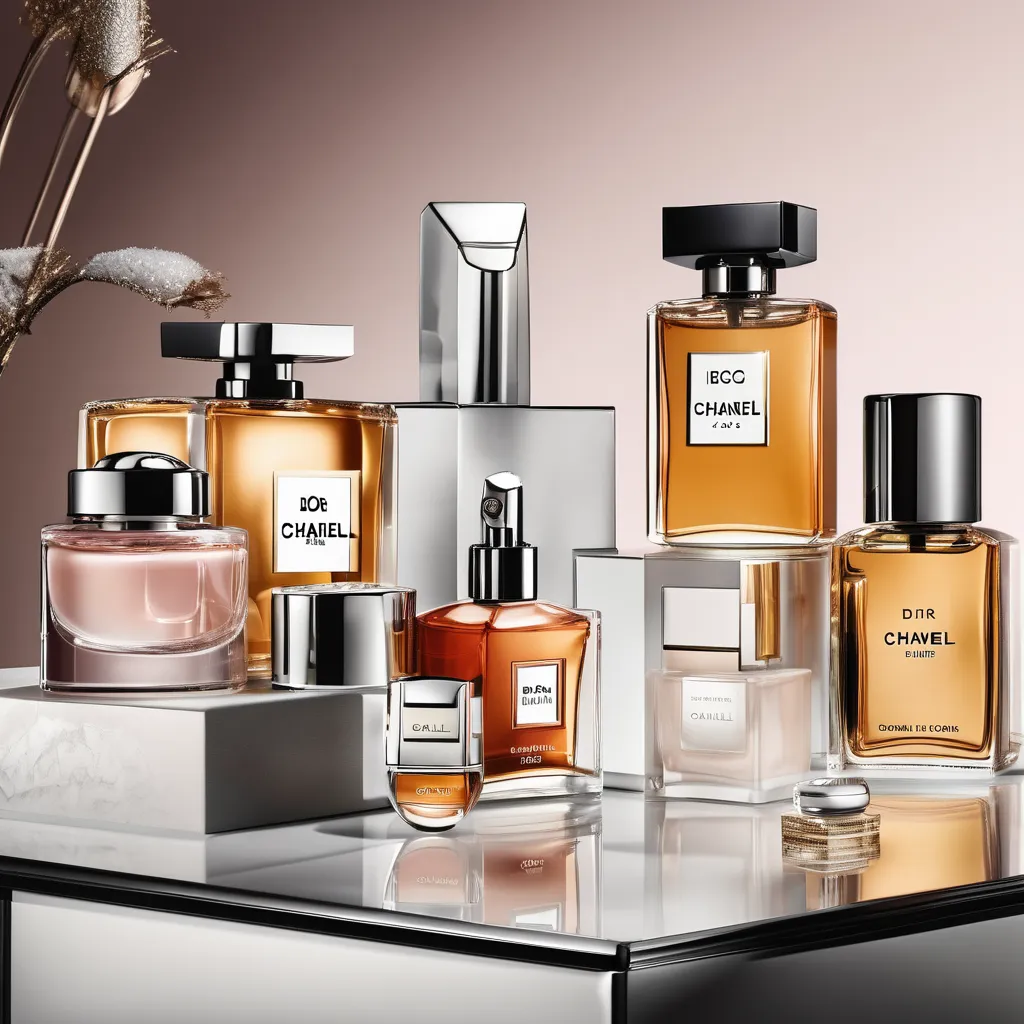
Conclusion
The luxury goods market in India is on the cusp of significant growth, driven by rising incomes, evolving consumer preferences, and increasing urbanization. Brands that are able to adapt to key trends—such as the demand for personalization, the expansion into Tier II and Tier III cities, and the emphasis on experiential luxury—will thrive in this dynamic landscape. With projections indicating continued growth across various segments, India represents a critical market for luxury brands looking to expand their reach and establish a foothold in this vibrant economy.

Add a review
Your email address will not be published. Required fields are marked *